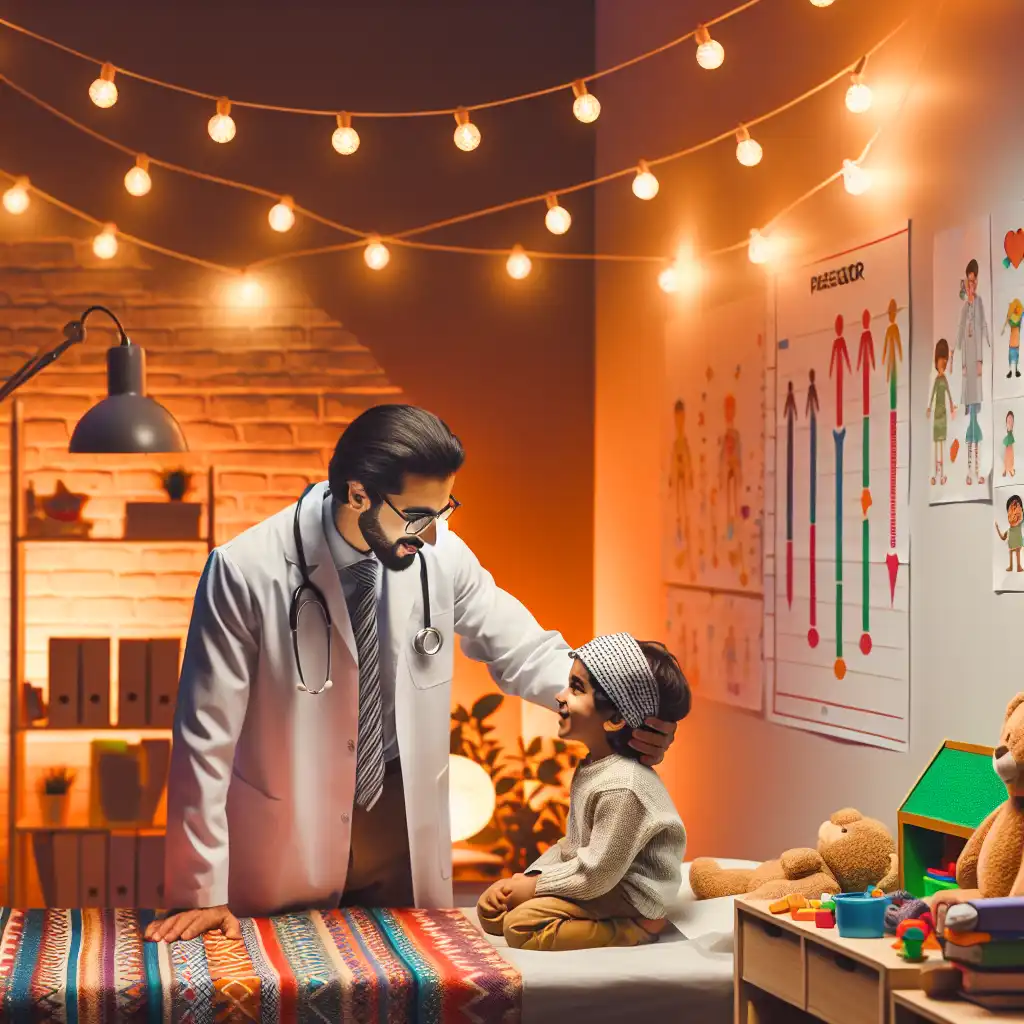
Rickets
Childhood Disease
Rickets is specific to children; adults get osteomalacia, which is similar but different.  Pediatricians are trained to diagnose conditions like rickets in young patients.
Pediatricians are trained to diagnose conditions like rickets in young patients.
Cause and Effect
Rickets is caused by certain deficiencies, most commonly a lack of vitamin D or calcium.  To prevent rickets, ensure children have enough vitamin D through diet or sunlight.
To prevent rickets, ensure children have enough vitamin D through diet or sunlight.
Visible Symptoms
Rickets often shows visible signs like bowed legs or thickened wrists and ankles.  The pediatrician noticed bowed legs, a common symptom of rickets.
The pediatrician noticed bowed legs, a common symptom of rickets.